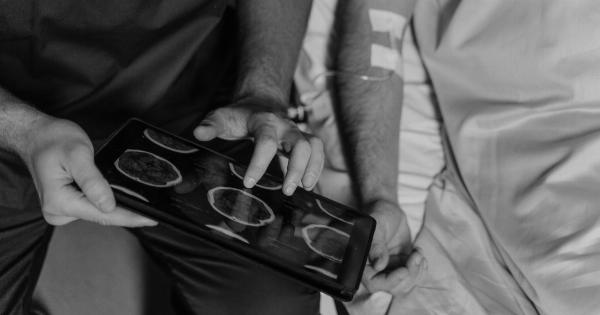Cancer is one of the leading causes of death worldwide. It is a complex disease that can be detected early through screening, but unfortunately, most cases are diagnosed at a later stage when it has already spread.
The earlier that cancer is detected, the better the chance of survival. With the rise of technology, there have been numerous advancements in cancer detection methods. One of the newest and fascinating methods is using bugs to detect cancer.
What are Bugs?
Bugs are insects that live in their natural habitat and feed on organic materials. Most bugs have been useful in various areas of research and have been trained to perform different tasks.
They can be trained to detect chemical substances, including cancer cells. Bugs have a superior sense of smell and have been found to be more accurate than dogs. They can detect cancer with high accuracy, making them appealing in the field of cancer research.
Bugs in the Detection of Cancer
The use of insects to detect cancer has been studied since the 1980s. At the time, scientists proved that honeybees could be trained to detect odors that are associated with malignant tumors.
Since then, research has been conducted on other bugs, which include mosquitoes and fruit flies.
Most research is focused on teaching bugs to detect specific odors that are unique to cancer cells. When cancer cells die off or divide, they produce a distinct chemical odor that these bugs can detect.
The bugs are then trained to respond in a certain way to these odors, which can indicate the presence of cancer cells. The way this works is that the bugs are exposed to the odors gradually until they can detect them independently without supervision. The bugs can give a physical response to these odors like tapping or nudging a glass tube, for example.
These responses are then recorded, and the results analyzed by scientists.
Benefits of Using Bugs to Detect Cancer
There are several benefits to using bugs to detect cancer. The first is that it is a non-invasive method. Unlike other detection methods that require blood draws or invasive biopsies, bugs can detect cancer cells using only their sense of smell.
This means that patients are not subjected to painful and invasive procedures, making it a more comfortable experience.
Another benefit of using bugs to detect cancer is the speed of results. Bugs have a fast sense of smell, which means that they can detect cancer cells faster than other methods.
This speed is essential since early detection is crucial in the treatment of cancer. Bugs can detect cancer before it spreads, which allows doctors to begin treatment early, giving patients a better chance of recovery.
Additionally, bugs are more accurate than other detection methods, such as mammograms, which have a high rate of producing false positives.
This is critical because false positives can lead to unnecessary treatments, which are expensive, time-consuming, and can leave patients anxious and stressed. Bugs, on the other hand, have been found to be more accurate with fewer false positives.
Challenges in Using Bugs to Detect Cancer
While the use of bugs to detect cancer has numerous benefits, it also has some limitations. One of the biggest challenges is the difficulty in training a large number of bugs.
Each bug has to be trained to detect specific odors, which can pose a problem when working with a vast number of bugs. Training them is a complex process that takes a lot of time, patience, and can be expensive, which may limit the scalability of this detection method.
Another challenge is that bugs’ responses can be affected by environmental factors, including temperature, humidity, and diet.
This can cause variations in the accuracy of results and may lead to certain bugs being unsuitable for detecting cancer cells.
Current Research
The use of bugs to detect cancer is still in its early stages, and there is a lot more research that needs to be conducted to understand their full potential.
Currently, most studies have been done in a controlled environment, which limits the applicability of the results to real-life scenarios.
However, progress has been made, and researchers are optimistic about the future of using bugs in cancer detection. Recently, researchers at Washington State University used honeybees to detect ovarian cancer cells with 95 percent accuracy.
This is a significant breakthrough that shows the potential of using bugs in cancer research.
Conclusion
The use of bugs to detect cancer is a fascinating area of research that has the potential to revolutionize cancer detection. Bugs have a superior sense of smell and have been found to be more accurate than dogs in detecting cancer.
While their use is still in its infancy, the results so far have been promising. They offer a non-invasive, speedy, and accurate method of detecting cancer, which is essential in the early diagnosis and treatment of the disease.
As research continues to progress, it is hoped that bugs will become the go-to method of detecting cancer.




























